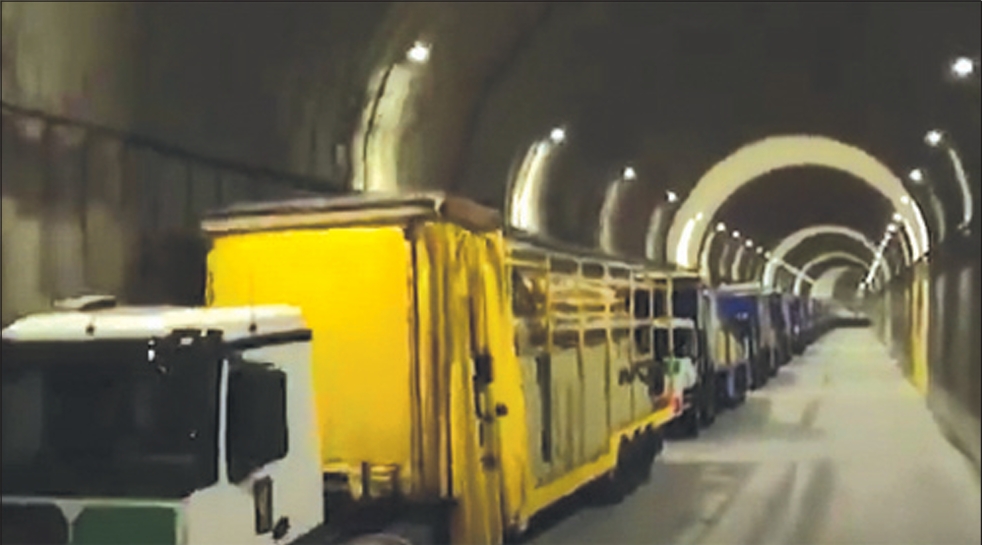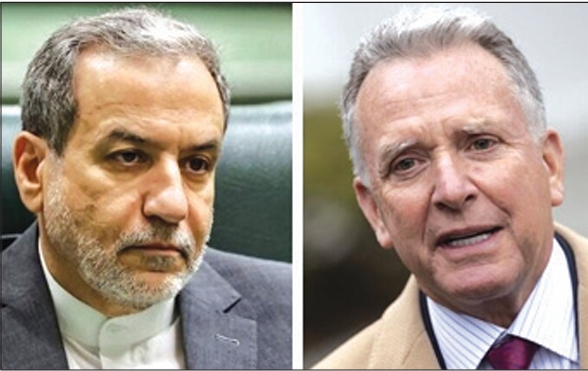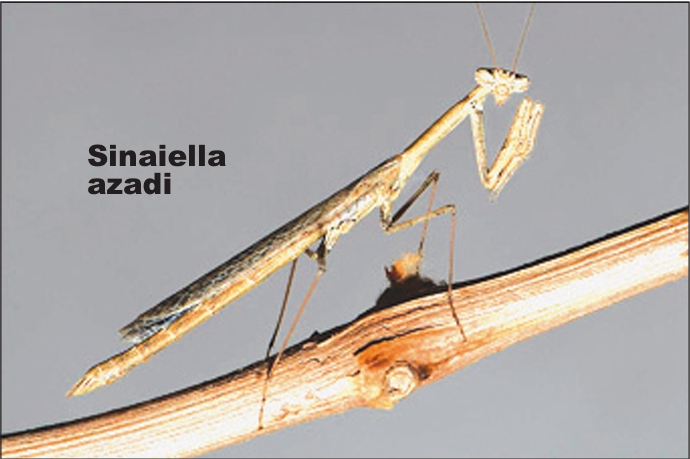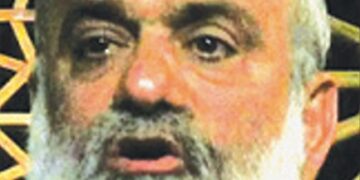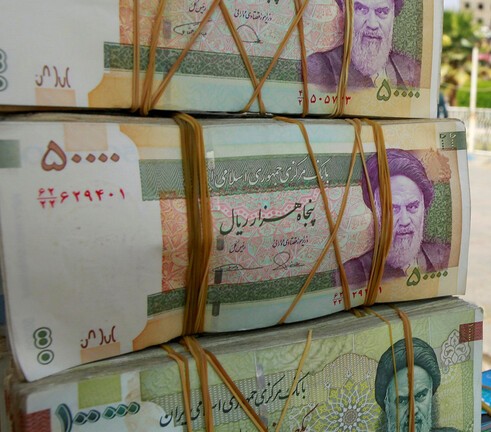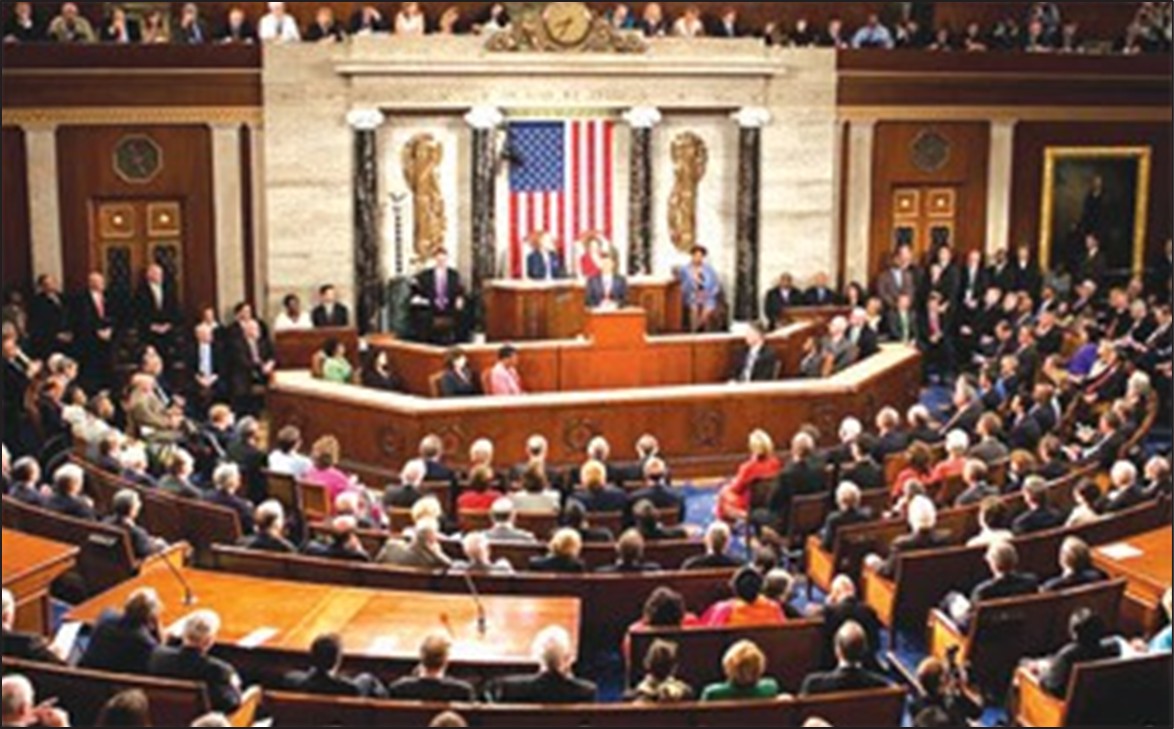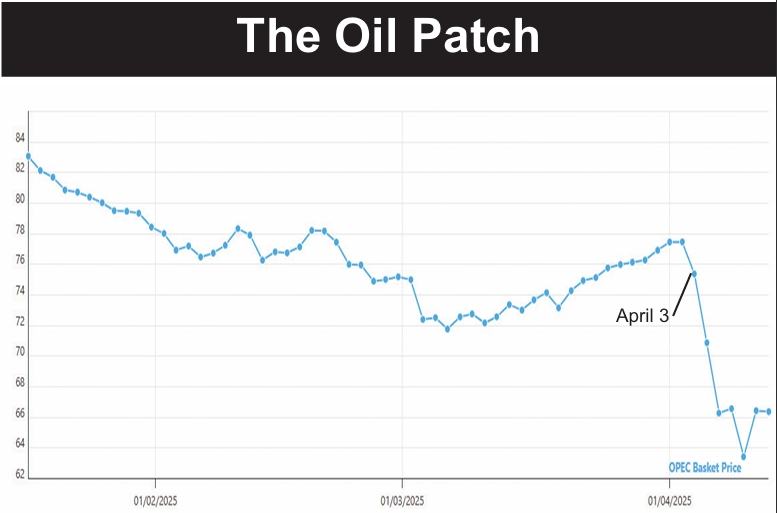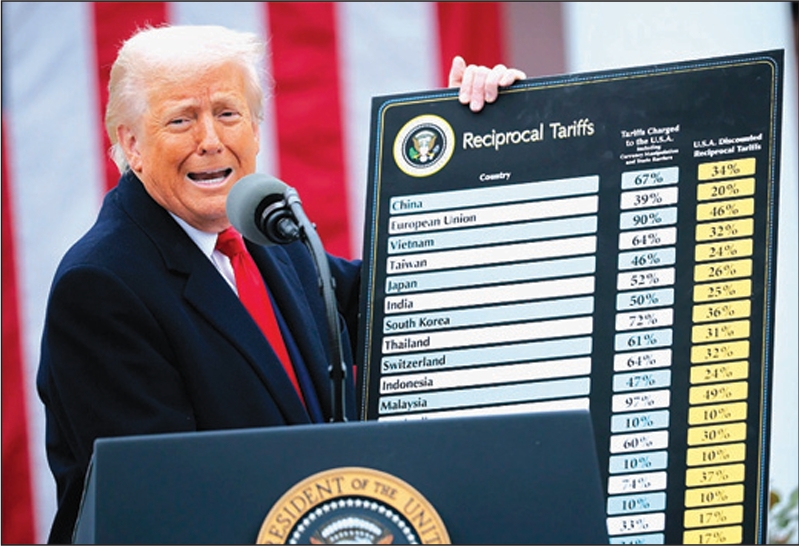that it is
now mining uranium ore in Iran for the first time as it delivered the first shipment of processed ore to the uranium conversion plant in Esfahan.
Ali-Akbar Salehi, head of Iran’s Atomic Energy Organization, waited with reporters to greet the arrival of the truck bearing several tons of the processed ore, known as yellowcake.
“This means that Iran has become self-sufficient in the entire fuel cycle,” Salehi said.
This might confuse some Iranians who recall that Iran proclaimed complete mastery of the entire nuclear fuel cycle—from mine to fuel pellets—two years ago. Iran has often talked about its mine at Gachine near Bandar Abbas as if it was an operating mine. But it wasn’t operating until just recently.
The yellowcake that Iran has been using until now was imported from South Africa by the Shah in the 1970s. It is suspected that Iran also got some yellowcake from China in the 1990s, but that has not been confirmed.
Salehi’s announcement was made one day before Iran sat down at the negotiating table in Geneva with the Big Six powers. Salehi said that the uranium ore development meant “we will be taking part in the negotiations from a position of strength and power.”
The announcement of the yellowcake delivery was presented as a major development technically. “Iran will witness no problem with yellowcake supplies anymore,” Salehi said.
But Western nuclear specialists did not agree.
A 2007 study done by researchers at the Los Alamos National Laboratory and the Pacific Northwest National Laboratory, the two American nuclear labs, said Iran has too little uranium ore to be able to carry out its announced plans to fuel reactors producing 20,000 megawatts of electricity with total self-sufficiency, that is, without importing anything.
The study’s analysis of Iran’s nuclear resources relies on Iran’s own reporting to the International Atomic Energy Agency (IAEA), which said Iran possesses 1,927 metric tons of identified uranium resources and 14,550 metric tons of assumed but “undiscovered” uranium resources.
Counting both discovered and undiscovered resources, the report says Iran has sufficient uranium to fuel a solitary Bushehr-sized reactor for 75 years, but to fuel its declared goal of 20,000 megawatts of nuclear-generated electricity for a mere 3.75 years.
The Islamic Republic’s justification for its nuclear power program is that its oil and gas are running out and its must have nuclear power so it will not be dependent on energy imports. But Iran has the second largest reserves of natural gas and the fourth largest reserves of oil. Those reserves would fuel electric power plants for centuries, not just three years and nine months.
Salehi did not say how much ore was being dug out of the Gachine mine. He said a second mine near Saghand in Yazd province was being developed and would begin producing ore “in the not too distant future.”
The existence of both mines has been known for many years. The real question is why it has taken so long to get the first ore out of them.
In 2006, Iran said it had discovered uranium deposits at three other sites in the central areas of Khoshumi, Charchuleh and Narigan.
Uranium is a very common mineral, but it mostly exists in such trace amounts that it cannot be mined at reasonable cost. Ore that is mined generally has a concentration of about 0.7 percent uranium. For power plant fuel, the concentration of uranium-235 must be increased to 3.5 percent up to 5 percent through the process of enrichment. For weapons, the concentration should exceed 90 percent.


